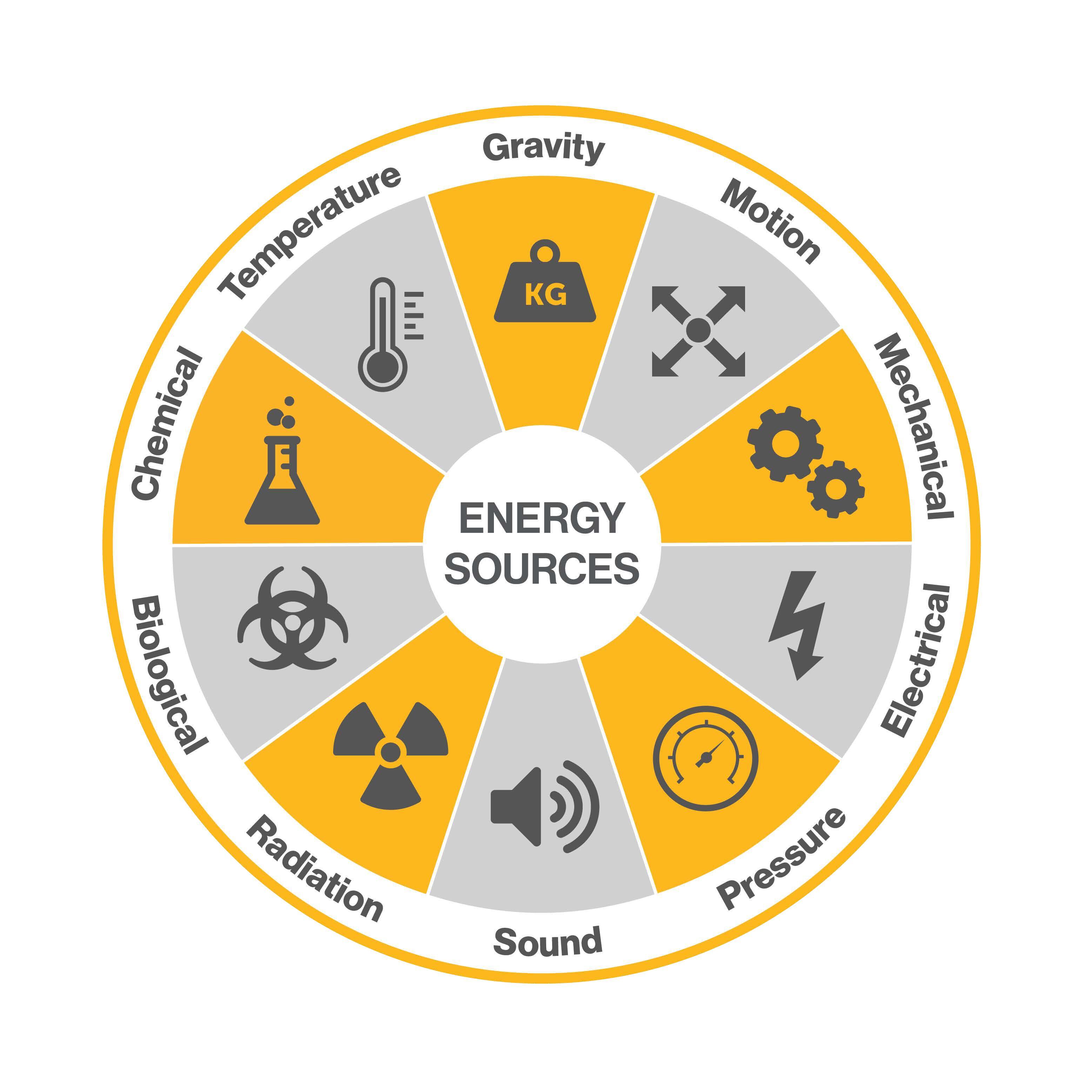
Sleep advice for industrial workers
Here at Fatigue Science, we take pride in being the leading provider of predictive fatigue analytics and human performance insights to help reduce fatigue for heavy industry, elite sports, and military organizations.
Sleep affects every aspect of our lives. For an industrial worker, the stakes are even higher. Sleep interruptions cause fatigue, which impacts both safety and performance on the job during mission-critical tasks. Moreover, the nature of 24/7 operations and night shifts means that industrial workers are more affected than most by natural circadian forces that create fatigue. In this article, you’ll learn about how the body’s circadian rhythm affects your sleep and gain some tips on how to sleep better when working in industrial environments.
What is a circadian rhythm?
The body’s circadian rhythm is the natural 24-hour clock regulating the body’s sleep-wake cycle. As one of two major biological factors behind sleepiness and fatigue, circadian rhythm dictates that we should be asleep at night and awake during the day.
 In an ideal world, everyone would maintain a consistent sleep schedule. Unfortunately, the reality is that many people work in environments that challenge their body’s natural sleep and wake cycle. It isn’t always easy, but there are steps you can take to help get the best sleep possible:
In an ideal world, everyone would maintain a consistent sleep schedule. Unfortunately, the reality is that many people work in environments that challenge their body’s natural sleep and wake cycle. It isn’t always easy, but there are steps you can take to help get the best sleep possible:
How can you sleep better?
Tell family and housemates
Post a calendar in your home with your work and sleep schedules. This will help everyone know when you’re away, and more importantly when you’ll be sleeping.
Create a sleep zone
Blocking outside noise and light is ideal if you’re trying to sleep during the day. Put blackout curtains on windows and use earplugs or white noise to mask outside sounds. Make sure the room is at a comfortable temperature to help encourage your body’s circadian rhythm. The optimal range is 15.5º-19.5ºC (60º – 67ºF).
Get ready for sleep
Spend some time winding down to send your body signals that it’s time to sleep. Do relaxing activities like reading, stretching, or taking a warm shower. Limit your exposure to sunlight and avoid TV and digital devices as these can increase the time needed to fall asleep.
Be consistent with your sleep
If you always work the same shift, be consistent with your sleep schedule. Go to bed and wake up at the same time, including on days off.
Watch what you eat and drink
Don’t eat or drink too much within three hours of your bedtime. Avoid coffee and other caffeinated drinks within 12 hours of bedtime, and limit alcohol well before bed. If you’re working nights and need a snack, stay away from heavy, fatty foods, and don’t eat after 3 a.m.
Plan ahead
If you work rotating shifts, gradually move your sleep and wake times over a few days. If you’re beginning a series of night shifts, try to take an afternoon nap before your first shift.
How can Fatigue Science help your organization?
Fatigue Science provides fatigue management technology to many organizations that operate 24/7 to minimize fatigue on the job. Understanding fatigue allows companies to schedule for optimized sleep and means that workers are as efficient and safe as possible, regardless of what shift they are on.
The companies using our technology do their part to reduce fatigue, but it’s also important that individual employees take advantage of the sleep opportunities provided to them. We can’t change the body’s predisposition to want to sleep at night, but we can apply our scientific understanding to reduce the impact of shift work on the quantity and quality of sleep in our lives.
Fatigue Science’s Readi fatigue management platform empowers workers, supervisors, and leadership teams to each play a role in managing on-duty fatigue, from on-wrist fatigue awareness to intervention tools, to analytical insights.
As a leader in fatigue management technology, we also aim to equip our customers with the best practices for managing fatigue itself. We’re dedicated to sharing information to improve sleep with our customers to help them create healthier, safer, and more productive workforces.
To learn more about how operators, supervisors, HSE teams, and leadership can work together using Fatigue Science technology to reduce risk and increase productivity, contact a member of our team.




